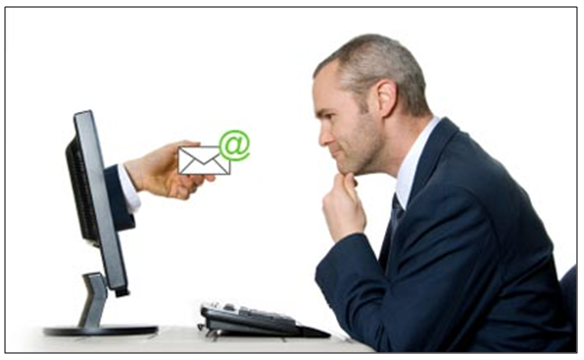
With the arrival of social media, we all believed in the imminent death of “obsolete” emails
(emails, “that is so 2007!”). Yet a new year has begun and emails are still alive and widely used.
This is particularly true for managers in B2B marketing. According to a recent study conducted by Exo, emails are the second most used tool in e-marketing (the use of a website is the most used tool) by manufacturing companies in Quebec. In addition, according to Forrester Research, 89% of marketing managers state that email marketing is the number one channel for generating leads.1 According to Marketing Profs, more than half of marketing managers use email marketing for the following:
1- The generation of leads and lead nurturing
2- Improving and building a brand image
3- Increasing sales
4- Reinforcing leadership2
Email marketing is a potentially powerful tool for your company. If done well, email marketing can increase the number of potential clients and, without a doubt, can become a channel for generating new clients.
The website Business-to-Community suggests a few ways to make email marketing efficient. I’ve listed them below with a comment on each point:
- Use a catchy title: Be careful not to use titles that may appear catchy but are used too often, like “sales” and “rebates.”
- Avoid using a formal tone and opt for an amusing one: Without going overboard, of course, as you are addressing future clients.
- Your email should be simple: Not too many images or text (the average internet user doesn’t like to read too much) and use simple terms.
- Don’t push the sales aspect too much: High-pressure selling is a thing of the past and will scare away your clients!
- Provide interesting content: Not only in the content but also in the visual: bullets and subtitles will break up the monotony of your email.
- Position your links strategically: We’ve already seen that a link that is improperly positioned in an email was enough to generate a horrendous hit rate. According to the article from the Business-to-Community website, your calls to action should appear at the beginning or at the end of your email.
Lastly, I would like to add a few winning points:
- Personalize content: If you have information or data about your clients, use it! For example, instead of “Dear Customer,” write “Dear Vincent.” I find the effort to personalize very pleasant and flattering.
- Pay attention to timing when sending your emails: Do trials. This way you may learn that, for example, Tuesday, Wednesday and Thursday mornings generate the highest opening rates with your clients (psst, we noticed this at Exo!).
- Make A/B tests: Many email marketing software programs (Mail Chimp, Courrielleur, etc.) offer to send emails with A/B tests. This means that you can test two different emails in two different groups and find out, for example, where a link (call to action) works best. You can put your link at the top in group A and at the bottom in group B. You can then compare the number of clicks from each group and choose the most high-performing one for your future email campaigns.
- Keep your email lists up to date: Your lists should automatically exclude those who have unsubscribed from your lists (you wouldn’t want to be labelled a spammer!) and, of course, automatically include new clients. Basically, you need to automate!




